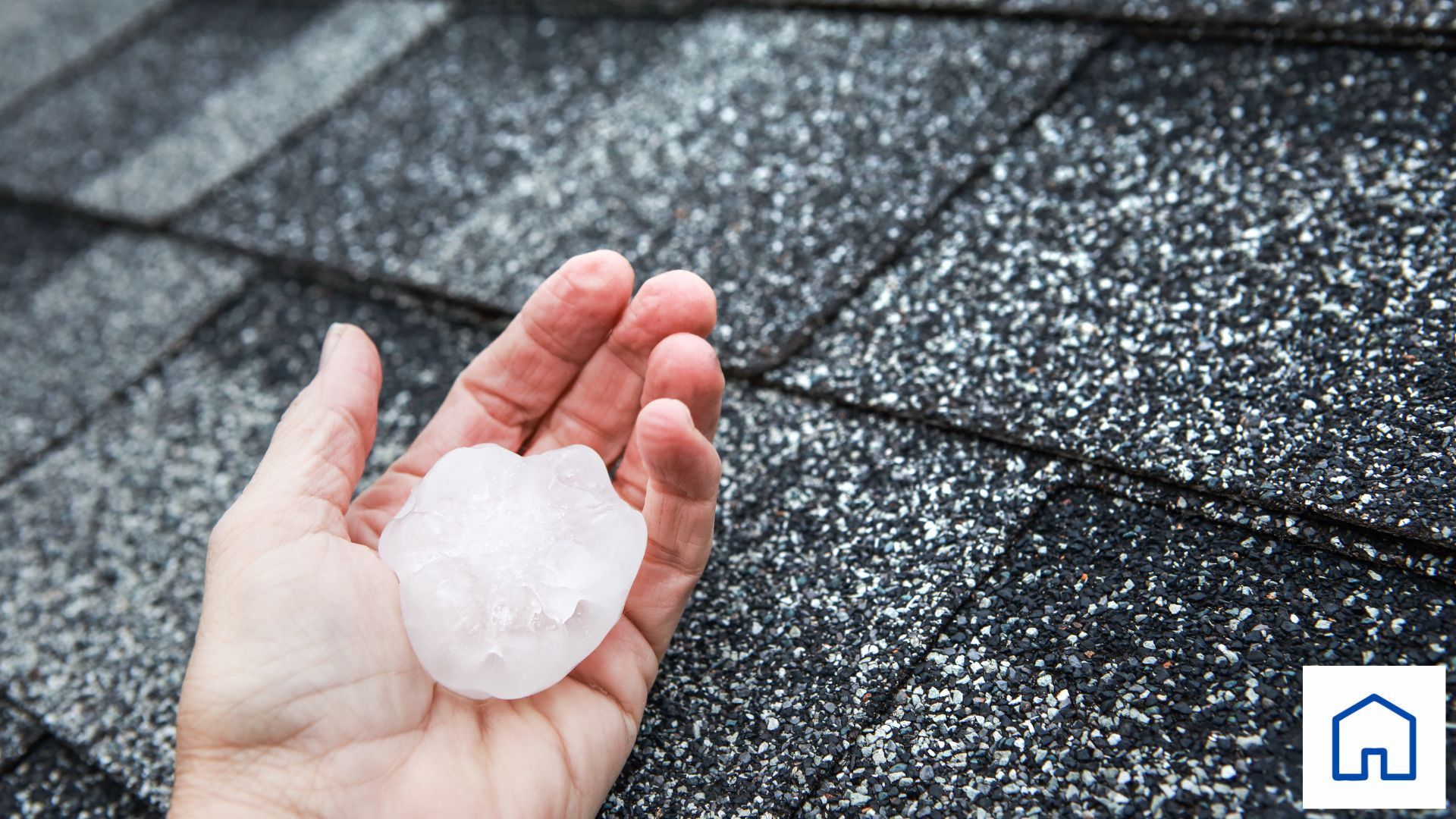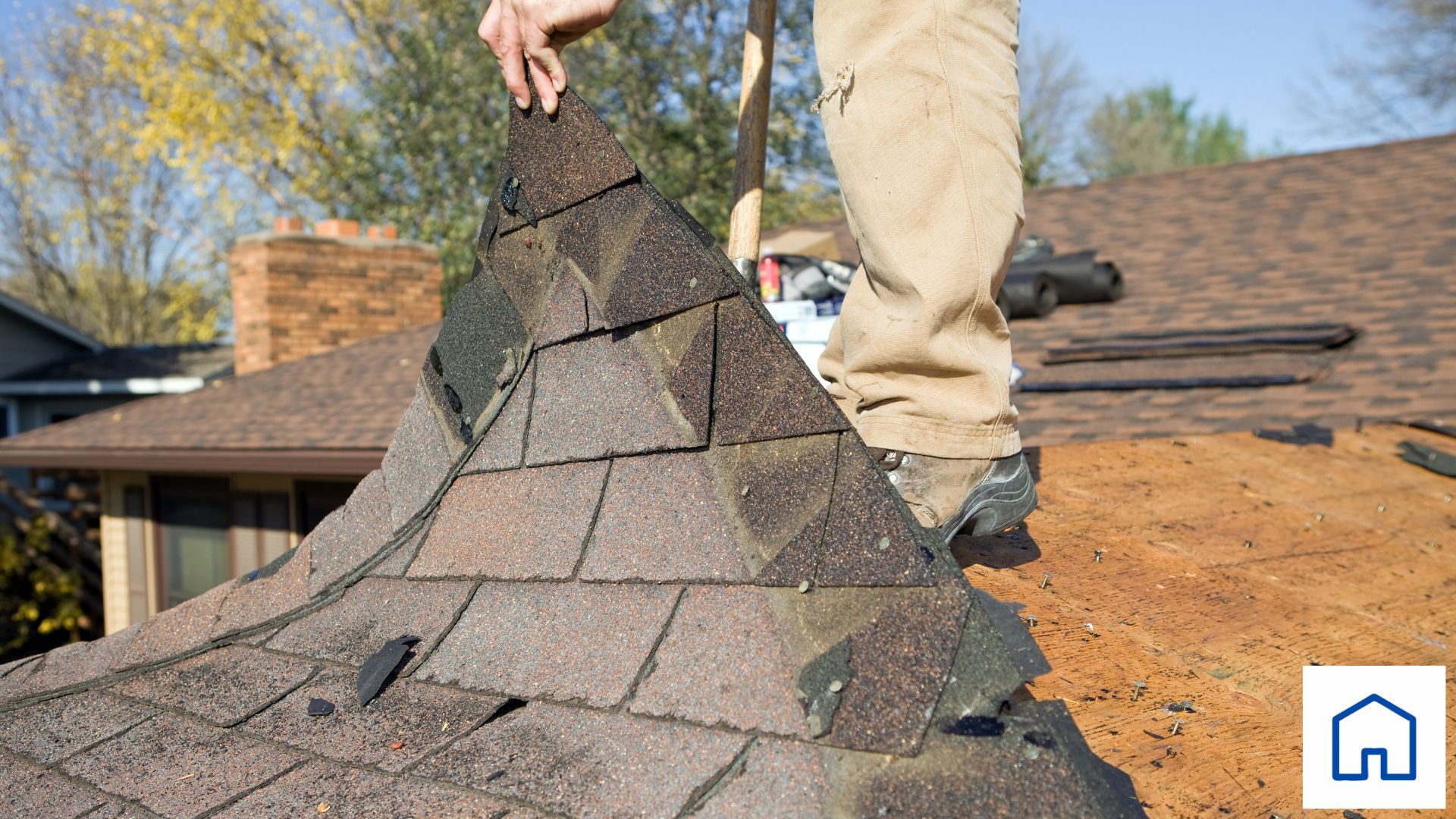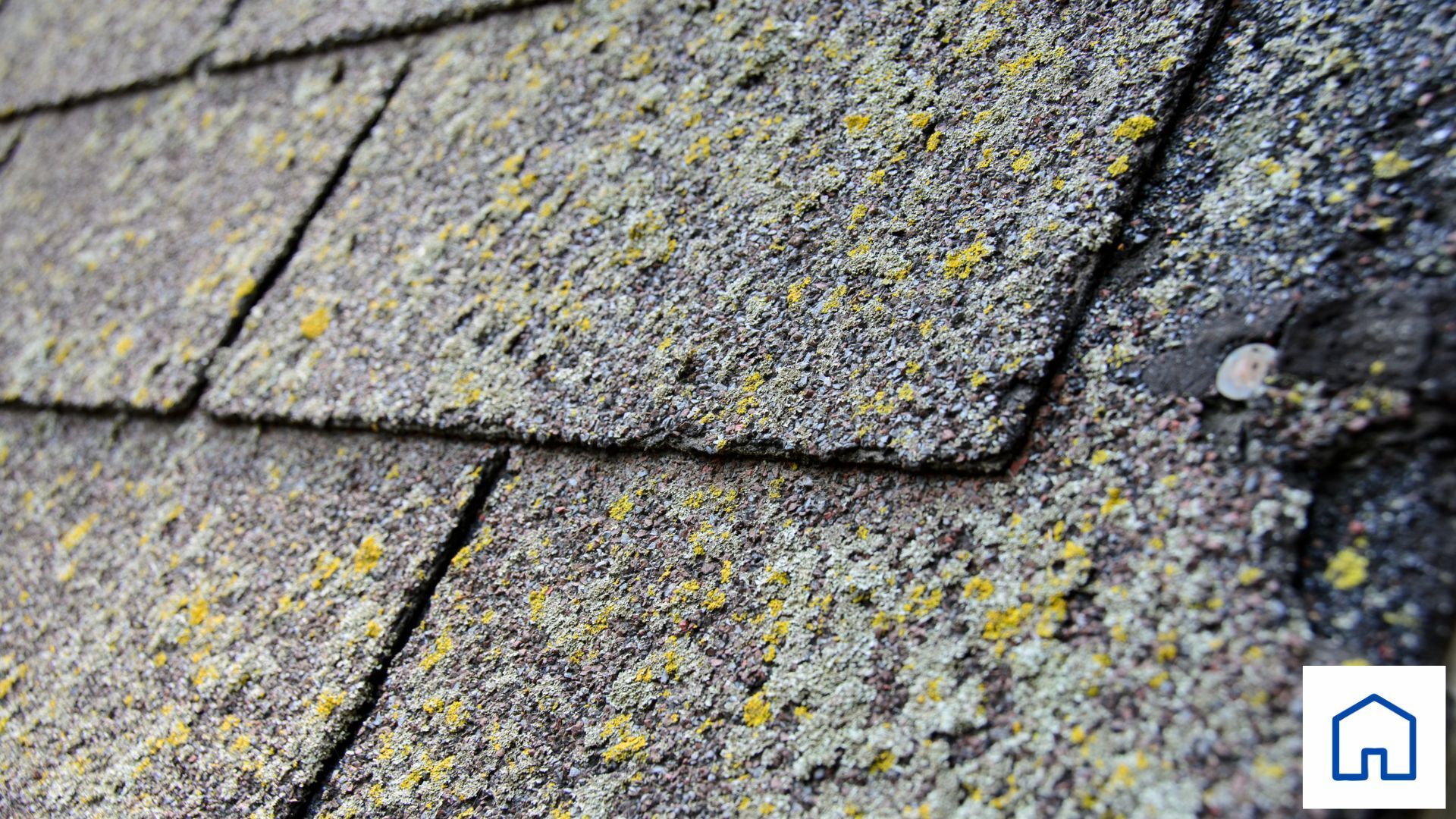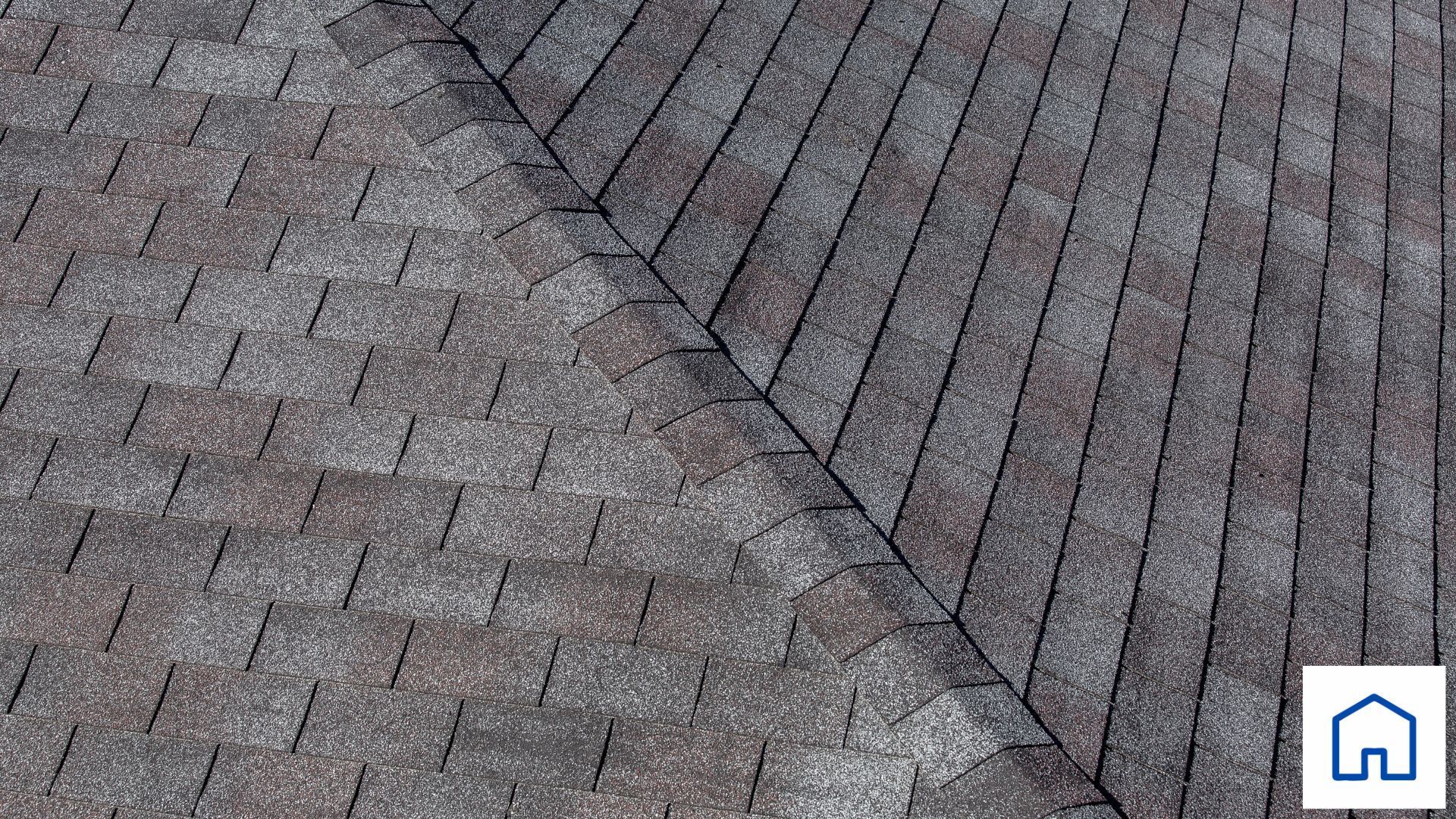What are the benefits of using a local roofing company?
When looking for a roofing company to work on a roofing project for your home or business, it's always a good idea to check out the local roofing contractors in your area. Here are a couple of reasons why you should consider a roofing expert in your area.
Most local roofers provide free estimates.
It's nice to have an expert provide advice on how to keep your home safe and eye-catching. It is even better when you can do this for free.
Local contractors are more than willing to visit your home and provide you with a free estimate for a roof repair or replacement. These visits allow you to monitor the health of your roof, check if it is time for a new roof, and get an idea of what roof installation or roof repair costs would be.
Best Nest Renovations offers free roofing estimates to anyone within our service area.
They are familiar with the weather in the area.
For your roof to properly protect your home, it needs to be built with the proper material for your area's weather. You don't want to leave the safety of your home up to the weather inclinations of an out-of-towner.
A contractor from your area will already be familiar with the typical climate and weather, and have an understanding of common roofing problems that occur in your community. They will know to look for roof leaks or wind damage, and will also be able let you know whether you need a something small like a shingle repair, or an entire roof replacement.
For example, a roofing company in Carrollton, like Best Nest Renovations, would know that the hot Georgia sun can cause shingles to crack and warp. This type of wear and tear is common on roofs in West Georgia, and this means they need shingles built to withstand the heat and keep energy costs low.
Local roofing contractors have earned credibility.
Just like any other local business, your local roofer has earned a reputation (hopefully it is a good one). A good place to start when it comes to checking the reputation of a local roofing business would be to read through their Google reviews. By searching for "roofers near me" you can find local roofer's business profiles, and reviews left by previous customers.
You can also ask the business owner to provide references that you can contact who can ensure you are dealing with trustworthy roofers. They may also provide photos of work they have done in your area.
They are your neighbors.
Arguably the best reason to consider hiring a local roofing outfit instead of a large contractor would be because they are just that, local. The team may or may not consist of a few familiar faces, but by hiring local, you help a business from your area grow by allowing them to provide you excellent service at an affordable price, with the attention to detail only a friend could.
When it comes to your next exterior renovation project, you are in good hands with the experts at Best Nest Renovations. Our services include commercial and residential roofing, gutter, siding, door, window, and fencing. Best Nest is proud to serve Carrollton, Georgia, and the communities surrounding it. To find more information about how we can help you, click here.
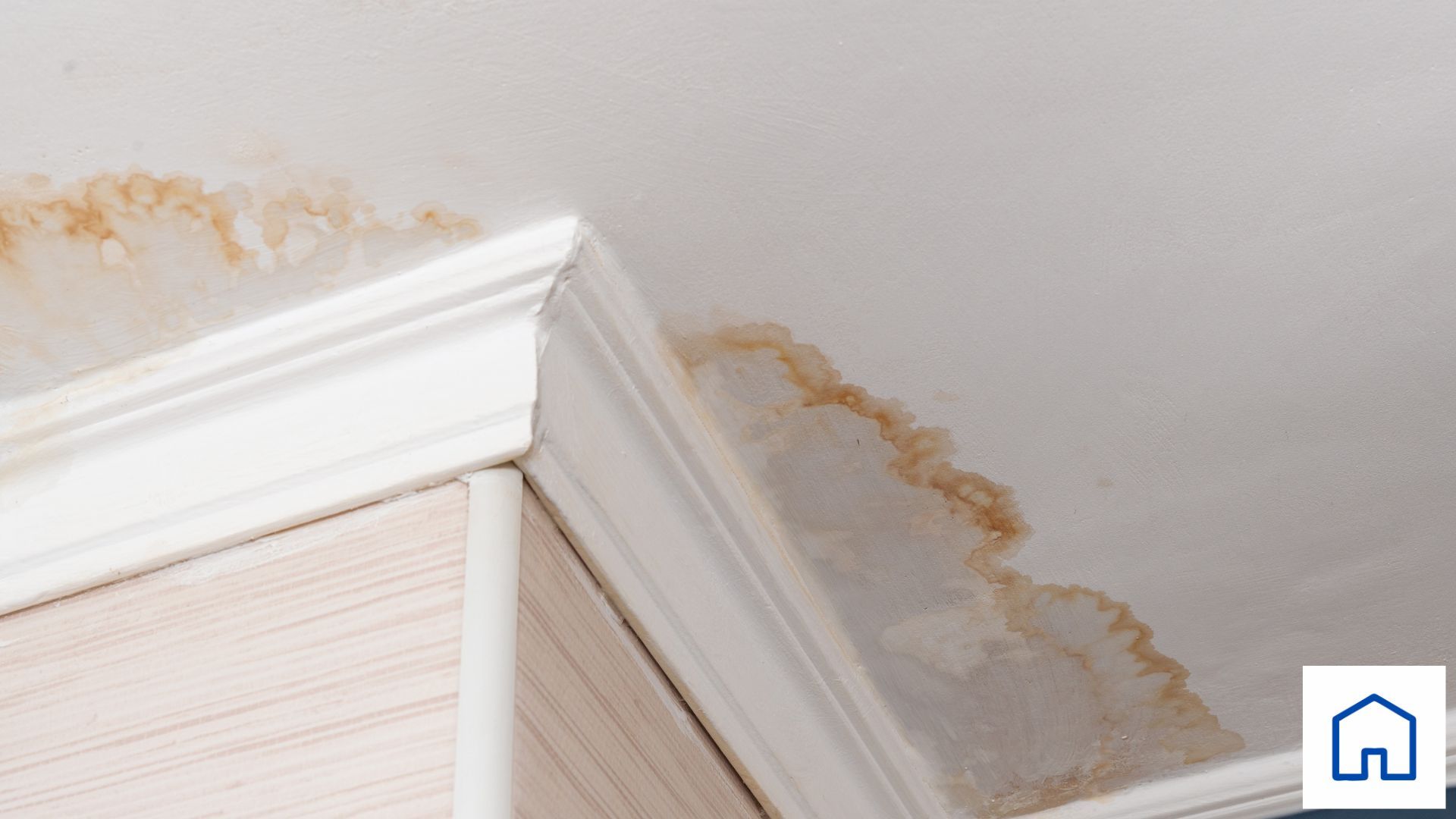



Ready to Renovate? Call Today!
All Rights Reserved | Best Nest Renovations


